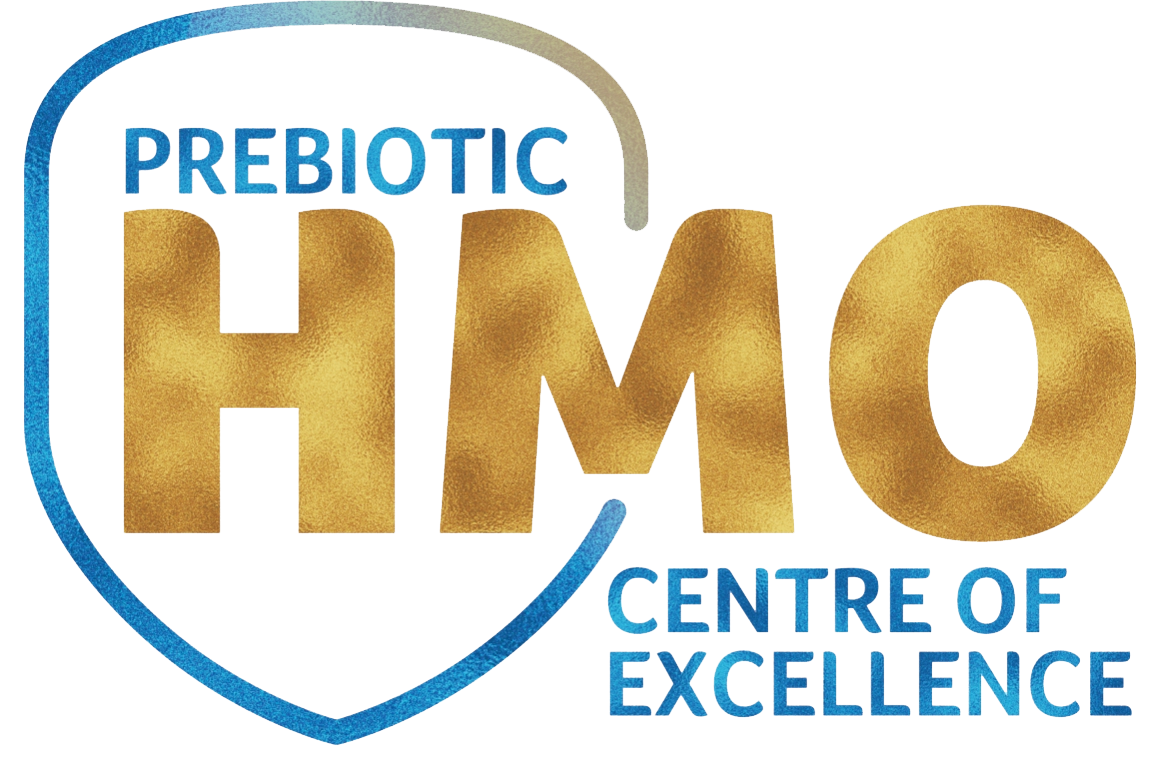
scGOS/lcFOS (9:1) and 2’-FL Combination Mimics Structural Diversity of Infant Feeds
Highlights
- Human milk oligosaccharides (HMOs) in breastmilk show great variability in terms of short- and long-chain oligosaccharides.
- The structural diversity of Prebiotic HMOs, including scGOS/lcFOS and 2’-FL, resembles the complex HMO composition of breastmilk.
Prebiotics are indigestible components that are metabolized by host microbes present in the small intestine and have positive health effects. They are primarily carbohydrate-based and include galacto-oligosaccharides (GOS), fructo-oligosaccharides (FOS), inulin, pectin, and β-glucans.1
Human milk also contains large amounts (12-15 g/L) of naturally occurring prebiotic oligosaccharides. The beneficial effects of various mixtures of prebiotics on early-life nutrition have been studied. The combination of short-chain GOS (scGOS) and long-chain FOS (lcFOS) in the ratio of 9:1 has been recognized by the European Society of Pediatric Gastroenterology, Hepatology, and Nutrition (ESPGHAN) Committee as the most studied prebiotics mimicking the breastmilk composition. 1-4
Structural diversity of HMOs in breastmilk
Breastmilk contains more than 200 structurally different HMOs, of which 162 structures are identified, collectively delivering beneficial effects to infants. Furthermore, studies have demonstrated a molecular size distribution of short-chain and long-chain HMOs in the ratio of 9:1 in breastmilk (Figure 1).4
Figure 1. Mass spectrometry of neutral HMOs from breastmilk6
This great structural variability in HMOs suggests the requirement of several structures to stimulate a typical microbial composition similar to breastfed infants. Gut microbiota composition is very complex and dynamic; therefore, different substrates are needed to support the efficient development of the entire microbiota in infants.1,3
Structural diversity of scGOS/lcFOS (9:1) mixture
The structural composition of the scGOS/lcFOS (9:1) mixture is close to that found in the neutral fraction of HMOs in breastmilk. Mass spectrometric analysis of neutral HMOs shows that breastmilk has a mixture of low- and high-molecular-weight oligosaccharides with a degree of polymerization (DP) up to 20 (Figure 1). Similarly, mass spectrometric analysis shows the scGOS/lcFOS (9:1) prebiotic combination has low and high molecular weight oligosaccharide structures with a DP up to 35 (Figure 2).5
Figure 2. Mass spectrometry of the prebiotic mixture of scGOS/lcFOS (9:1)5
scGOS/lcFOS (9:1) mixture mimics more than 100 different short- and long-chain HMO structures, bringing it closer to breastmilk.4
Recently, it has become commercially possible to manufacture structurally identical HMOs, like 2’-FL, and add them to infant feeds.4
The prebiotic mixture of scGOS/lcFOS (9:1) mimics a high diversity of HMO structures, whereas the structure of commercially manufactured 2’-FL is identical to 2’-FL found in breastmilk. Thus, the combination of scGOS/lcFOS (9:1) and 2’-FL resembles the complex HMO composition more closely than 2’-FL, GOS, and FOS alone (Figure 3).4
Figure 3. The mixture of scGOS/lcFOS (9:1) and 2’-FL mimics the structural diversity of HMOs.
Conclusion
References
1. Lemoine A, Tounian P, Adel-Patient
K, Thomas M. Pre-, pro-, syn-, and Postbiotics in Infant Formulas: What Are the
Immune Benefits for Infants? Nutrients. 2023 Feb 28;15(5):1231.
2. Braegger C, Chmielewska A, Decsi T,
Kolacek S, Mihatsch W, Moreno L, Pieścik M, Puntis J, Shamir R, Szajewska H,
Turck D, van Goudoever J; ESPGHAN Committee on Nutrition. Supplementation of
infant formula with probiotics and/or prebiotics: a systematic review and
comment by the ESPGHAN committee on nutrition. J Pediatr Gastroenterol Nutr.
2011 Feb;52(2):238-50.
3. Boehm G, Moro G. Structural and
functional aspects of prebiotics used in infant nutrition. J Nutr. 2008
Sep;138(9):1818S-1828S.
4. Salminen S, Stahl B, Vinderola G,
Szajewska H. Infant Formula Supplemented with Biotics: Current Knowledge and
Future Perspectives. Nutrients. 2020 Jun 30;12(7):1952.
5. Boehm G, Fanaro S, Jelinek J, Stahl
B, Marini A. Prebiotic concept for infant nutrition. Acta Paediatr Suppl. 2003
Sep;91(441):64-7.





